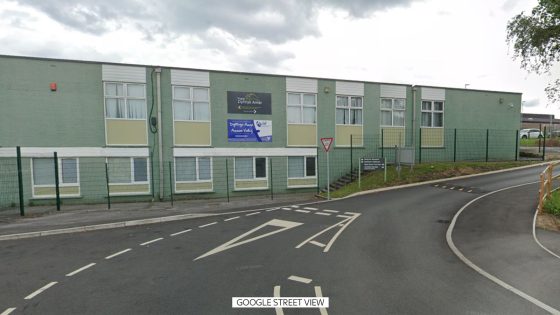On May 10, Gov. Gavin Newsom presented his May Revision budget, the annual revision of the budget proposed in January based on updated budget numbers and five additional months of tax returns. As expected, based on current economic conditions, California’s budget “problem” has only grown worse, requiring tough decisions to balance the budget.
The legislature and the governor worked together on an early action package that included over $17 billion in budget reductions, leaving an additional $27.6 billion in necessary reductions to balance a final budget. To meet this goal, the governor proposed various solutions, including cuts to critical healthcare programs and other social services, reductions in homelessness housing funding, drawing over $12 billion from the Rainy Day Fund over the next two years and even shrinking the state government by 10,000 employees.
But what if there were better ways to address the deficit that didn’t require cuts to needed programs? Earlier this year, the nonpartisan Legislative Analyst’s Office (LAO) announced an anticipated surplus of 15,000 prison beds in the state that is expected to rise to 19,000 by 2028. This is almost exclusively due to the work my legislative colleagues and I have undertaken over the past 12 years to reform the criminal justice system and invest in both preventative measure and rehabilitation programs.
The LAO notes that the state can close at least five more prisons — resulting in a savings of $1 billion annually. Last year’s budget called for the closing of two prisons with annual savings of over $250 million. Why not go to the well again, freeing up funds for schools, healthcare and social services?
Opinion
Undoubtedly, closing a prison is no simple task. The very powerful California Corrections Peace Officers Association, as one example, fights to protect jobs. When the state agreed to close prisons previously, it did so with a guarantee that corrections staff would be relocated to nearby prisons if they chose — a tall task to be sure. A step below closing an entire prison is to close an individual yard within the prison. Yards are made up of units including housing, recreation, education and healthcare. This budget does not even propose to close full yards but rather 46 housing units across 13 prisons.
The closing of these units is projected to save $80.6 million annually (compared to $1 billion in savings annually if we were to close full prisons, as proposed by the LAO). Why opt to close units instead of full prisons? Might it have something to do with regulations from the California Department of Corrections and Rehabilitation that govern the employee per square foot ratio, meaning that a unit or even yard closure still requires the retention (at the same facility) of employees staffed in that area?
As the former chair of both the budget subcommittee tasked with the public safety portion of the budget and the assembly Committee on Public Safety on the policy side, I am acutely aware of how difficult it can be to close prisons. Prison closures have an impact on local economies that lose revenue generated by staff and visitors alike. Prison staff must potentially relocate to another facility, meaning closing a prison requires careful planning to relocate inmates and ensure that adequate care and services are provided at the next institution.
There is a lot of work that must take place to keep Californians safe, but with this large number of empty beds we can and must close unnecessary and expensive facilities.
With that in mind, this unprecedented budget deficit calls for bold and inventive action. That is why I proposed Assembly Bill 2064, which would create a state fund paid by savings from the closures of prisons, yards and units. Money would go toward programs shown to reduce incarceration up-front. For too long we have been told that there is not ample funding for programs with proven success, such as youth diversion to keep youth out of incarceration, early intervention health and behavioral health programs, youth recreational opportunities and community violence reduction programming. My bill would capture these savings for programs that demonstrably help reduce the amount of money demanded by the criminal justice system in future years.
These tough economic conditions will require hard work from legislators and the governor for years to come. I, unfortunately, am in my last year in the assembly, but I want to fight to set us on the proper course to navigate this budget deficit and continue our criminal justice reform progress.
I encourage my colleagues to think bigger and use this opportunity to make bold investments that set us on a path for continued success.
Assemblymember Reggie Jones-Sawyer represents the 57th Assembly District, which includes portions of Downtown Los Angeles, Exposition Park and South Los Angeles.
Source Agencies

